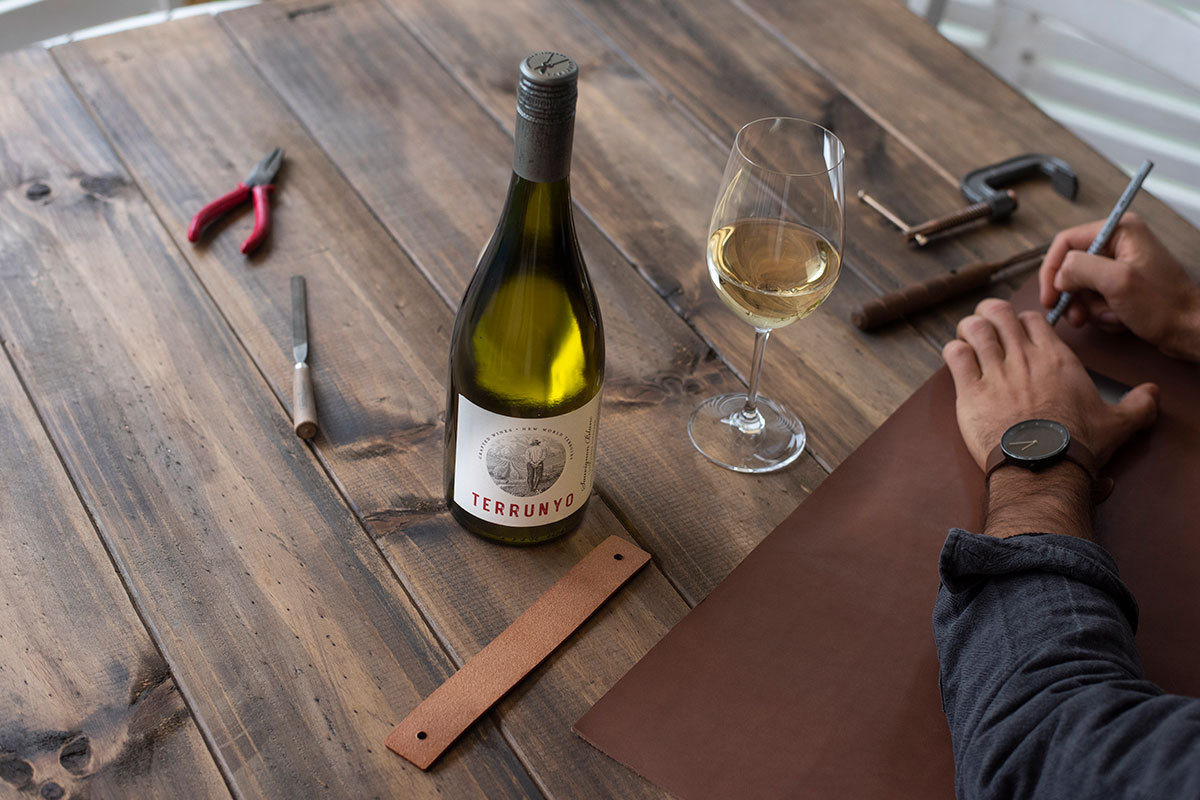It is said that the first impression is the most important, and the case of wine is no exception. But beyond a quality that might seem cosmetic, the colour of wine means much more than what our eyes perceive. It can tell us about the grape variety, the wine’s body, as well as its vintage. Here we explain how wine gets its colour and what colour tells us about what we drink.
Many people believe that wine is red because its grapes are red or white due to its grapes are green. And that rosé is a mixture of red and white grapes. But did you know that when grapes are squeezed to extract their juice, it is transparent? So how does the wine get its colour? Well, through polyphenols.

Phenolic compounds, or polyphenols, are a large family but in this case we are interested in anthocyanins. They are present in vine leaves, pulp, but especially in the skin of the grapes, and the red pigment that gives the colour to the wine. That is expressed in different hues depending on the specific type (there are more than 20 different ones among grape varieties) and the pH (or acidity) of the surrounding flesh. At a lower pH (higher acidity), its colour will become more reddish, while at a higher pH (lower acidity), its hue will be more bluish.
It is in the winemaking process where wine gets its colour. Specifically in the maceration that occurs after extracting the must. In white wines such as Terrunyo Sauvignon Blanc, with a bright greenish yellow colour, the maceration is carried out without the presence of the skins, which is why it does not transfer its colour.

While in rosé’s such as Rosé Concha y Toro, made mainly with grapes of the red variety Cinsault, a very brief maceration is carried out with the skins that in this case allows it to obtain that singular pale apricot colour.

But in red it is the other way around: the skins are present in this process and in fermentation, reaching their maximum colour extraction after five to eight days.
As we said before, the intensity of the colour can vary depending on the acidity. At the same time, the concentration of anthocyanins will vary depending on the grape variety and the age of the wine.
There are varieties that contain more anthocyanins than others. Pinot Noir, for example, has around 100 milligrams per litre, hence its smooth, bright ruby red colour. While Cabernet Sauvignon can reach about 1500 milligrams per litre, about ten times more, that is why it obtains an intense cherry red colour.
But then you must consider the passing of time. In the case of white and rosé wines, the colour gradually darkens. In whites they go from yellow and greenish tones to gold or amber; and rosé from pink to orange and amber. While red wines start losing their colour. Initially, young red wines ranges from red to purple. Then, in wines that are evolving, such as Casillero del Diablo Cabernet Sauvignon 2019, their colour is intense ruby and evolves towards garnet. While in wines with more aging, “tile” tones appear, which can go up to brown.

This is because after five years, the wines lose up to 85% of the anthocyanins, with which they also lose their pigmentation. However, thanks to the help of another phenolic compound that you probably already know: tannins, anthocyanins are able to stabilize and maintain themselves over time.
We cannot forget to mention that the work carried out in the vineyard regarding the ripening of the grape (which also affects its colour), is another of the variables. However, you should already have a clearer idea about the colour of the wine.
To have a better appreciation of the colour, it is advisable to serve the wine in a glass and then look at it by placing a white sheet behind it. So, you can see its contrasts and the edge of the wine.




